Imagine you’ve bet on a small company with huge potential, but then the stock market starts to wobble. Small-cap stocks—businesses worth between $300 million and $2 billion—are exciting because they can grow fast, but they’re also like small boats in a stormy sea, easily rocked by economic waves. Hedging is like having a lifeboat for your investments, protecting you from big losses while keeping the chance for gains. In this guide, we’ll share three simple, proven ways to hedge small-cap stocks, with real examples and easy steps so anyone, even a beginner, can understand how to stay safe in a choppy market.
Why Small-Cap Stocks Need Hedging
Small-cap stocks are riskier than big companies because they have less money, fewer customers, and rely heavily on the U.S. economy. When things like interest rate hikes or recessions hit, they feel the impact more. For example, in 2022, the Russell 2000 Index, which tracks small-cap stocks, fell 20.4%, while the S&P 500, full of big firms, dropped 18.1% (Yahoo Finance). Hedging is like putting a cushion under your investments—it softens the fall. By using smart strategies, you can enjoy small-cap growth without worrying about a sudden crash.
Strategy 1: Using Put Options for a Safety Net
A put option is like a coupon that lets you sell a stock at a set price, even if it plummets. It’s a great way to protect your small-cap stocks during uncertain times. Since individual small-caps can be hard to trade, many investors use put options on the iShares Russell 2000 ETF (IWM), which tracks a basket of small-cap stocks.
● How It Works: Buy an IWM put option when you think the market might dip. If small-cap stocks fall, the put’s value rises, helping cover your losses.
● Real Example: In March 2023, an investor with $50,000 in small-cap stocks bought IWM put options expiring in June 2023, with a $170 strike price, costing $5 per contract ($500 total). By May, the Russell 2000 dropped 10%, and the puts were worth $12 each, earning a $700 profit that offset portfolio losses (CBOE).
● Easy Steps:
○ Look for warning signs, like Federal Reserve rate hikes or weak economic data.
○ Buy IWM put options with a strike price close to the current price, expiring in 2–3 months.
○ Spend only 1–2% of your portfolio on puts to keep costs low.
● Tip: Options can feel tricky, so try a practice account on platforms like Fidelity or E*TRADE to get the hang of it.
Put options are like a short-term umbrella, shielding you from sudden rain.
Strategy 2: Inverse ETFs for Simple Protection
An inverse ETF is a fund that goes up when a specific index, like the Russell 2000, goes down. It’s an easy way to hedge without the complexity of options. The ProShares Short Russell 2000 (RWM) is a popular choice for small-cap investors.
● How It Works: Invest a small part of your portfolio in RWM. If small-cap stocks drop, RWM rises, balancing your losses.
● Real Example: In Q4 2022, an investor with $100,000 in small-cap stocks put $10,000 into RWM. The Russell 2000 fell 12% that quarter, but RWM gained 11.5%, adding $1,150 to the portfolio and cutting the overall loss to about 5% (ProShares).
● Easy Steps:
○ Watch for trouble signs, like rising interest rates or falling consumer confidence.
○ Put 5–15% of your portfolio in RWM during risky periods.
○ Sell RWM when the market stabilizes to avoid losses from daily rebalancing.
● Tip: Inverse ETFs are best for short-term hedging (weeks to months), as holding them too long can eat into returns.
Inverse ETFs are like a life preserver—simple and ready for rough seas.
Strategy 3: Spreading Risk with Sector Diversification
Sector diversification means investing in small-cap stocks from different industries, like technology, healthcare, and energy. If one industry struggles, others may hold up, keeping your portfolio steady.
● How It Works: Instead of putting all your eggs in one basket, spread your money across several industries. This lowers the risk of a single sector’s slump hurting you.
● Real Example: In 2023, tech small-caps like Super Micro Computer (SMCI) fell 15% due to supply chain issues. An investor with $30,000 in SMCI, $20,000 in Cal-Maine Foods (CALM, consumer staples), and $20,000 in SM Energy (SM, energy) saw only a 6% portfolio drop, as CALM gained 10% and SM rose 12% (Morningstar).
● Easy Steps:
○ Use tools like Yahoo Finance to check your portfolio’s industry mix.
○ Invest in small-caps from at least three sectors, like energy, consumer staples, and financials.
○ Rebalance every 3–6 months to keep things even.
● Data Point: A 2023 Vanguard study showed diversified small-cap portfolios lost 5% less than concentrated ones during market dips (Vanguard).
● Tip: Pick sectors with different strengths—energy shines during inflation, while consumer staples stay stable in tough times.
Diversification is like planting different crops—if one fails, others can still thrive.
Comparing Hedging Tools
Create a markdown table comparing hedging tools for small-cap stocks. Include columns for tool type, cost, ease of use, and best use case, and link tools to their Yahoo Finance pages.
Hedging Tool Cost Ease of Use Best Use Case Resource
Put Options (IWM) Moderate ($100–$1,000) Moderate Short-term market dips https://finance.yahoo.com/quote/IWM
Inverse ETF (RWM) Low (0.95% fee) Easy Short-term volatility https://finance.yahoo.com/quote/RWM
Sector Diversification Low (trading fees) Easy Long-term stability https://finance.yahoo.com/portfolios/
This table makes it easy to choose a hedging tool that fits your needs, whether you’re a newbie or more experienced.
Small-Cap Stocks for Hedged Portfolios
Create a markdown table comparing small-cap stocks ideal for hedged portfolios. Include columns for stock symbol, sector, P/E ratio, and 1-year return, and link symbols to their Yahoo Finance pages.
Stock Symbol Sector P/E Ratio 1-Year Return Link
SM Energy 6.5 34.2% https://finance.yahoo.com/quote/SM
CALM Consumer Staples 9.0 19.8% https://finance.yahoo.com/quote/CALM
PFSI Financials 7.8 27.1% https://finance.yahoo.com/quote/PFSI
These stocks, based on 2024 performance data from Yahoo Finance, are stable picks for a diversified, hedged portfolio.
Wrapping Up
Hedging small-cap stocks is like carrying an umbrella—you’re ready for rain but can still enjoy the sun. Put options protect against sudden drops, inverse ETFs offer an easy way to balance losses, and sector diversification builds a strong portfolio for the long run. Start with something simple, like putting a small amount in RWM when the market feels risky. Watch big economic signals, like Federal Reserve moves or inflation reports, to time your hedges. With these strategies, you can chase small-cap growth with confidence. Try one idea today and take control of your investing journey!
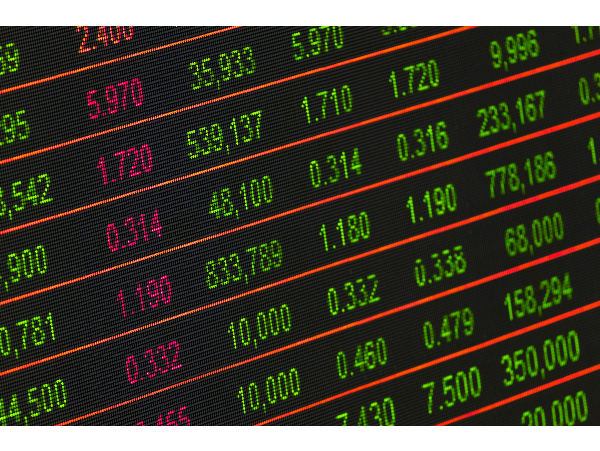



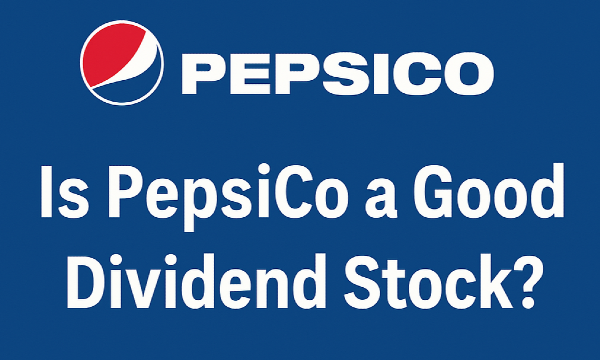
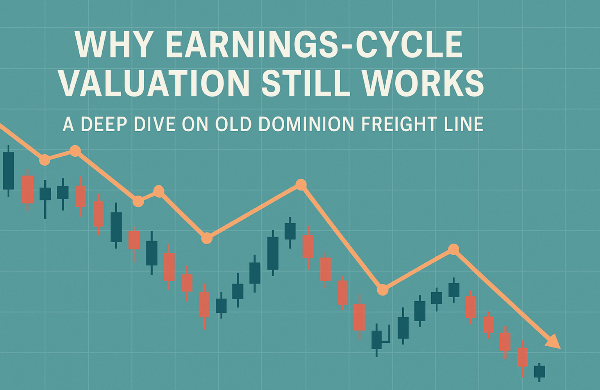
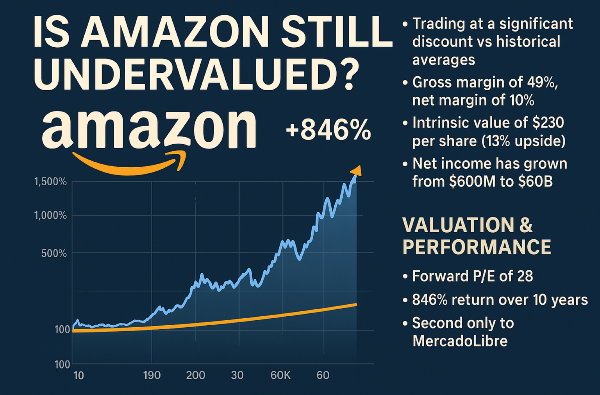
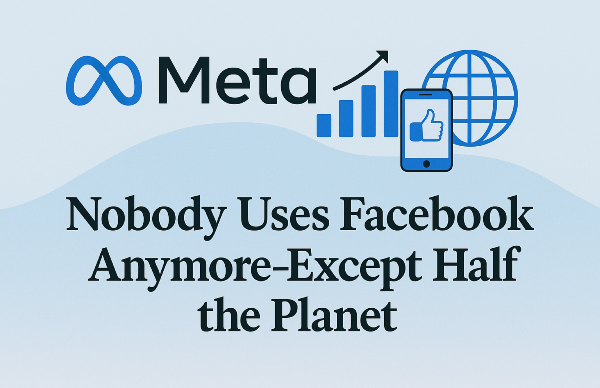


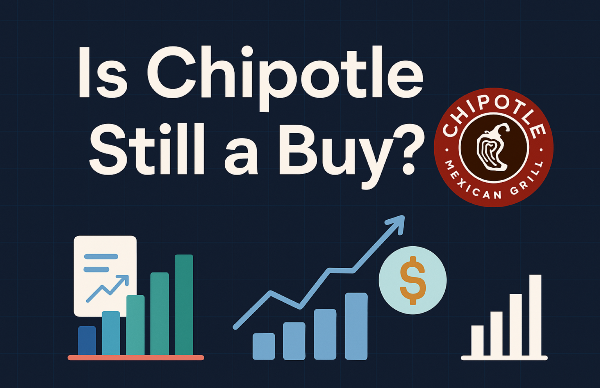
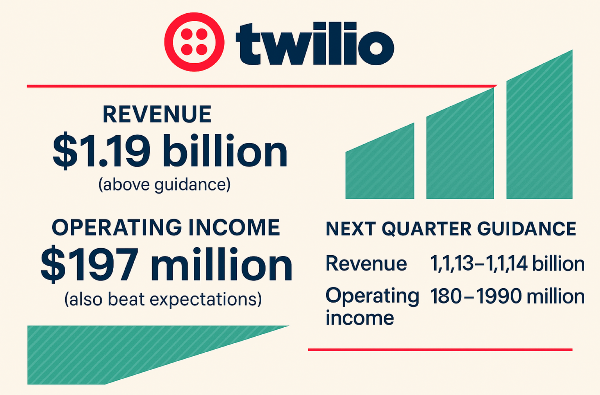
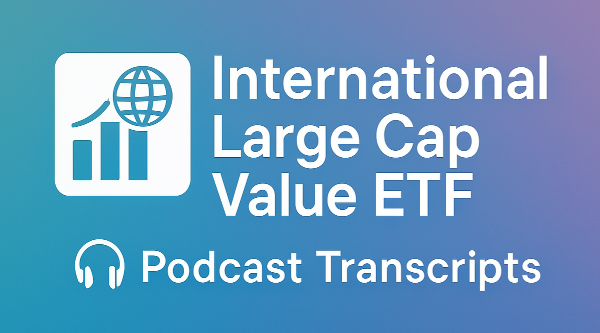
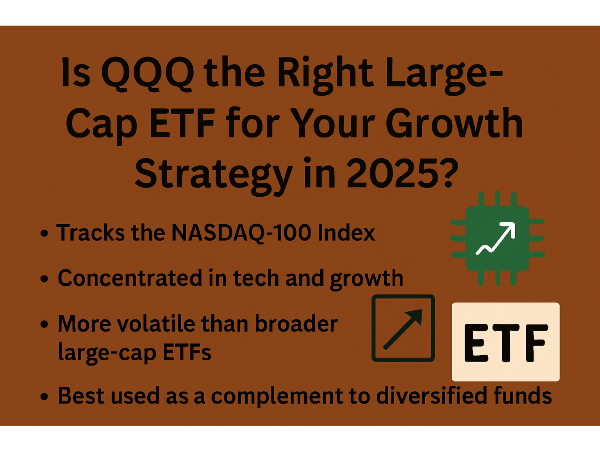
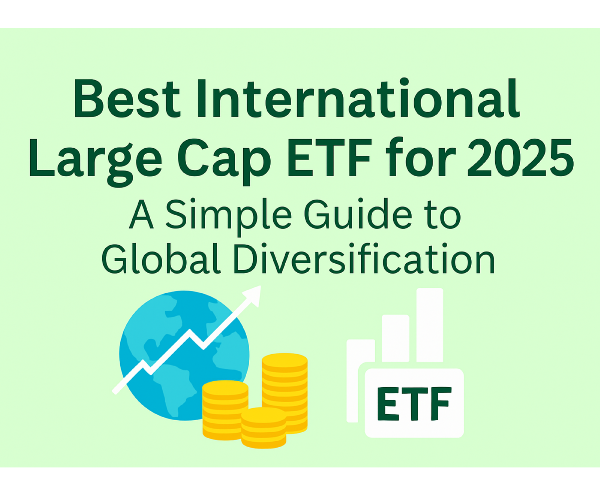
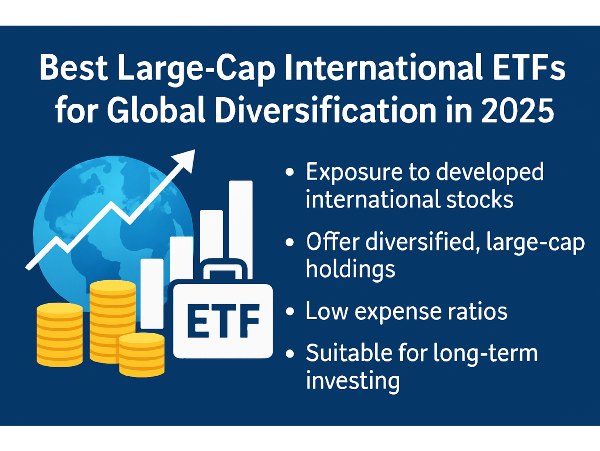
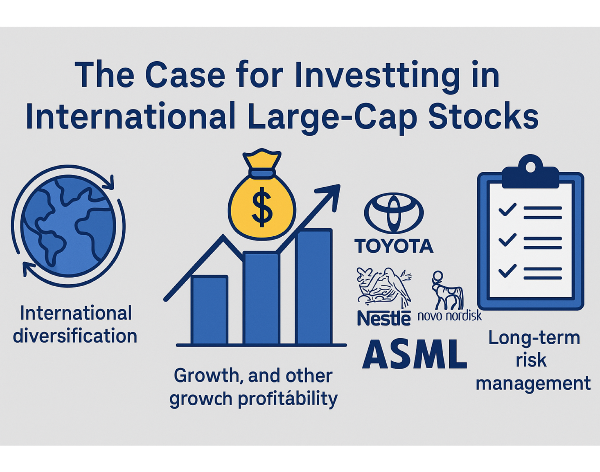
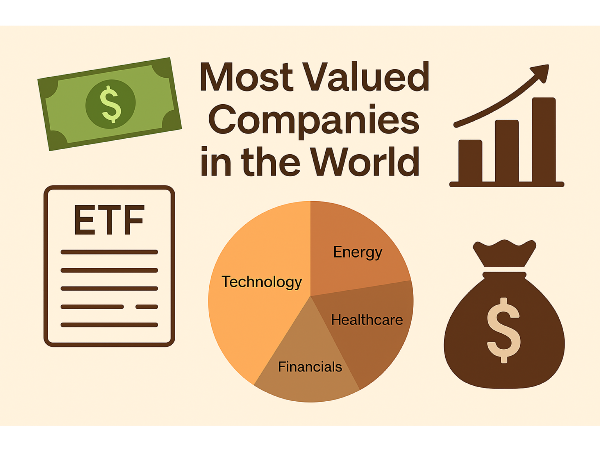
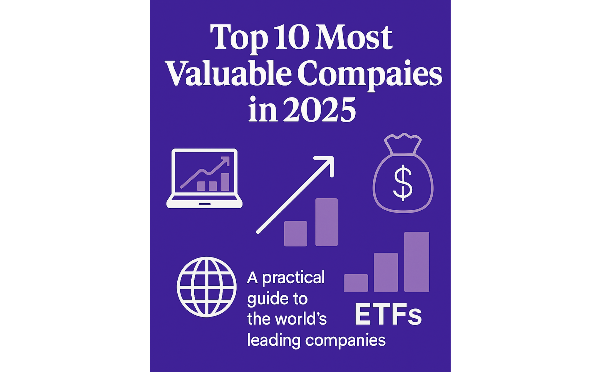
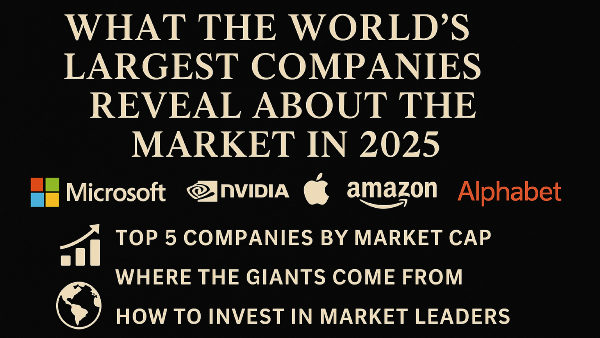
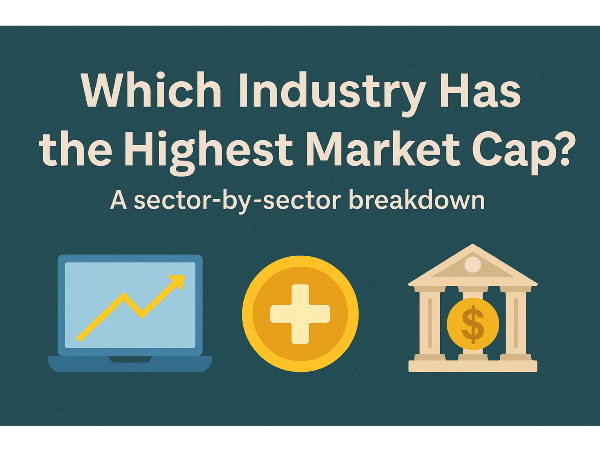
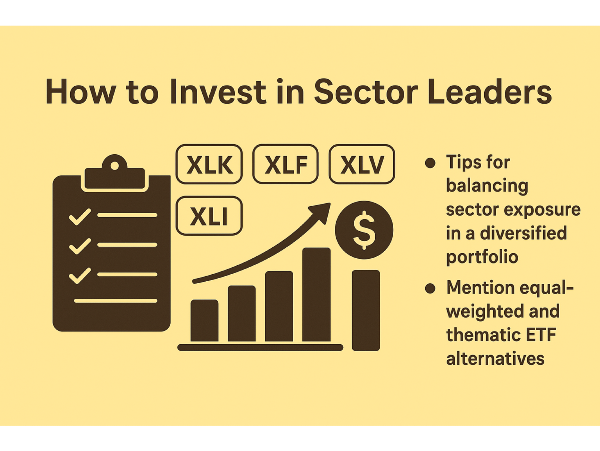
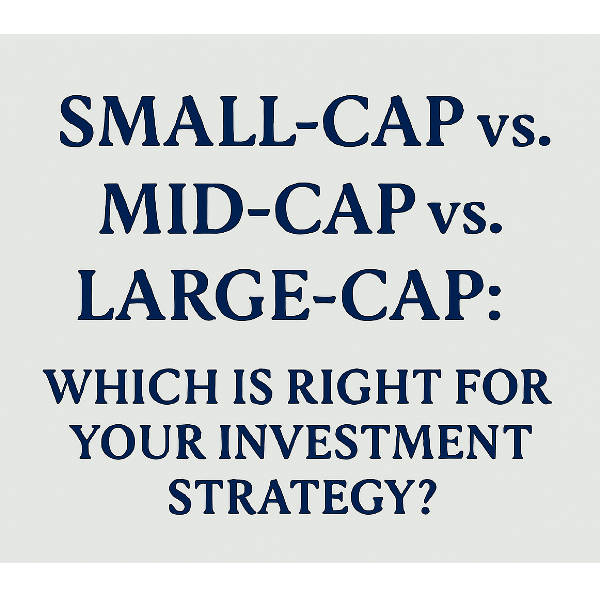








Imagine you’ve bet on a small company with huge potential, but then the stock market starts to wobble. Small-cap stocks—businesses worth between $300 million and $2 billion—are exciting because they can grow fast, but they’re also like small boats in a stormy sea, easily rocked by economic waves. Hedging is like having a lifeboat for your investments, protecting you from big losses while keeping the chance for gains. In this guide, we’ll share three simple, proven ways to hedge small-cap stocks, with real examples and easy steps so anyone, even a beginner, can understand how to stay safe in a choppy market. Why Small-Cap Stocks Need Hedging Small-cap stocks are riskier than big companies because they have less money, fewer customers, and rely heavily on the U.S. economy. When things like interest rate hikes or recessions hit, they feel the impact more. For example, in 2022, the Russell 2000 Index, which tracks small-cap stocks, fell 20.4%, while the S&P 500, full of big firms, dropped 18.1% (Yahoo Finance). Hedging is like putting a cushion under your investments—it softens the fall. By using smart strategies, you can enjoy small-cap growth without worrying about a sudden crash. Strategy 1: Using Put Options for a Safety Net A put option is like a coupon that lets you sell a stock at a set price, even if it plummets. It’s a great way to protect your small-cap stocks during uncertain times. Since individual small-caps can be hard to trade, many investors use put options on the iShares Russell 2000 ETF (IWM), which tracks a basket of small-cap stocks. ● How It Works: Buy an IWM put option when you think the market might dip. If small-cap stocks fall, the put’s value rises, helping cover your losses. ● Real Example: In March 2023, an investor with $50,000 in small-cap stocks bought IWM put options expiring in June 2023, with a $170 strike price, costing $5 per contract ($500 total). By May, the Russell 2000 dropped 10%, and the puts were worth $12 each, earning a $700 profit that offset portfolio losses (CBOE). ● Easy Steps: ○ Look for warning signs, like Federal Reserve rate hikes or weak economic data. ○ Buy IWM put options with a strike price close to the current price, expiring in 2–3 months. ○ Spend only 1–2% of your portfolio on puts to keep costs low. ● Tip: Options can feel tricky, so try a practice account on platforms like Fidelity or E*TRADE to get the hang of it. Put options are like a short-term umbrella, shielding you from sudden rain. Strategy 2: Inverse ETFs for Simple Protection An inverse ETF is a fund that goes up when a specific index, like the Russell 2000, goes down. It’s an easy way to hedge without the complexity of options. The ProShares Short Russell 2000 (RWM) is a popular choice for small-cap investors. ● How It Works: Invest a small part of your portfolio in RWM. If small-cap stocks drop, RWM rises, balancing your losses. ● Real Example: In Q4 2022, an investor with $100,000 in small-cap stocks put $10,000 into RWM. The Russell 2000 fell 12% that quarter, but RWM gained 11.5%, adding $1,150 to the portfolio and cutting the overall loss to about 5% (ProShares). ● Easy Steps: ○ Watch for trouble signs, like rising interest rates or falling consumer confidence. ○ Put 5–15% of your portfolio in RWM during risky periods. ○ Sell RWM when the market stabilizes to avoid losses from daily rebalancing. ● Tip: Inverse ETFs are best for short-term hedging (weeks to months), as holding them too long can eat into returns. Inverse ETFs are like a life preserver—simple and ready for rough seas. Strategy 3: Spreading Risk with Sector Diversification Sector diversification means investing in small-cap stocks from different industries, like technology, healthcare, and energy. If one industry struggles, others may hold up, keeping your portfolio steady. ● How It Works: Instead of putting all your eggs in one basket, spread your money across several industries. This lowers the risk of a single sector’s slump hurting you. ● Real Example: In 2023, tech small-caps like Super Micro Computer (SMCI) fell 15% due to supply chain issues. An investor with $30,000 in SMCI, $20,000 in Cal-Maine Foods (CALM, consumer staples), and $20,000 in SM Energy (SM, energy) saw only a 6% portfolio drop, as CALM gained 10% and SM rose 12% (Morningstar). ● Easy Steps: ○ Use tools like Yahoo Finance to check your portfolio’s industry mix. ○ Invest in small-caps from at least three sectors, like energy, consumer staples, and financials. ○ Rebalance every 3–6 months to keep things even. ● Data Point: A 2023 Vanguard study showed diversified small-cap portfolios lost 5% less than concentrated ones during market dips (Vanguard). ● Tip: Pick sectors with different strengths—energy shines during inflation, while consumer staples stay stable in tough times. Diversification is like planting different crops—if one fails, others can still thrive. Comparing Hedging Tools Create a markdown table comparing hedging tools for small-cap stocks. Include columns for tool type, cost, ease of use, and best use case, and link tools to their Yahoo Finance pages. Hedging Tool Cost Ease of Use Best Use Case Resource Put Options (IWM) Moderate ($100–$1,000) Moderate Short-term market dips https://finance.yahoo.com/quote/IWM
Inverse ETF (RWM) Low (0.95% fee) Easy Short-term volatility https://finance.yahoo.com/quote/RWM
Sector Diversification Low (trading fees) Easy Long-term stability https://finance.yahoo.com/portfolios/
This table makes it easy to choose a hedging tool that fits your needs, whether you’re a newbie or more experienced. Small-Cap Stocks for Hedged Portfolios Create a markdown table comparing small-cap stocks ideal for hedged portfolios. Include columns for stock symbol, sector, P/E ratio, and 1-year return, and link symbols to their Yahoo Finance pages. Stock Symbol Sector P/E Ratio 1-Year Return Link SM Energy 6.5 34.2% https://finance.yahoo.com/quote/SM
CALM Consumer Staples 9.0 19.8% https://finance.yahoo.com/quote/CALM
PFSI Financials 7.8 27.1% https://finance.yahoo.com/quote/PFSI
These stocks, based on 2024 performance data from Yahoo Finance, are stable picks for a diversified, hedged portfolio. Wrapping Up Hedging small-cap stocks is like carrying an umbrella—you’re ready for rain but can still enjoy the sun. Put options protect against sudden drops, inverse ETFs offer an easy way to balance losses, and sector diversification builds a strong portfolio for the long run. Start with something simple, like putting a small amount in RWM when the market feels risky. Watch big economic signals, like Federal Reserve moves or inflation reports, to time your hedges. With these strategies, you can chase small-cap growth with confidence. Try one idea today and take control of your investing journey!